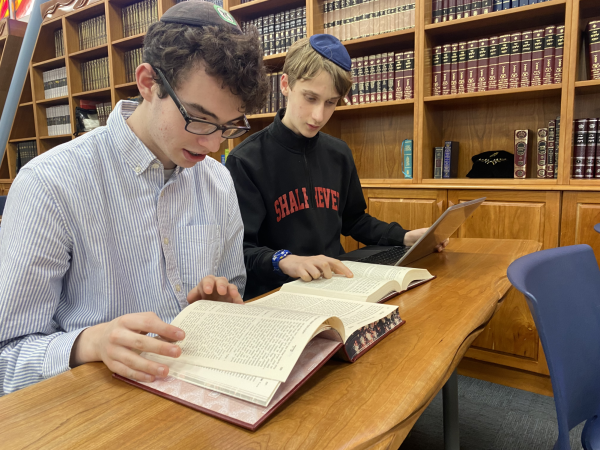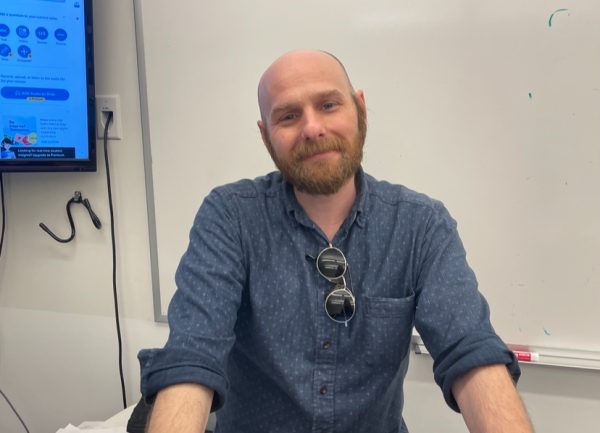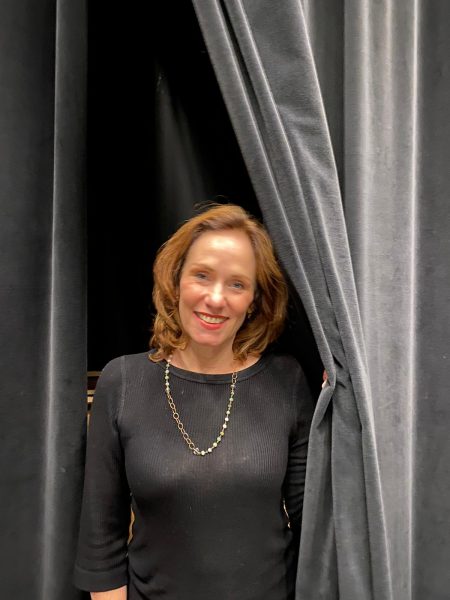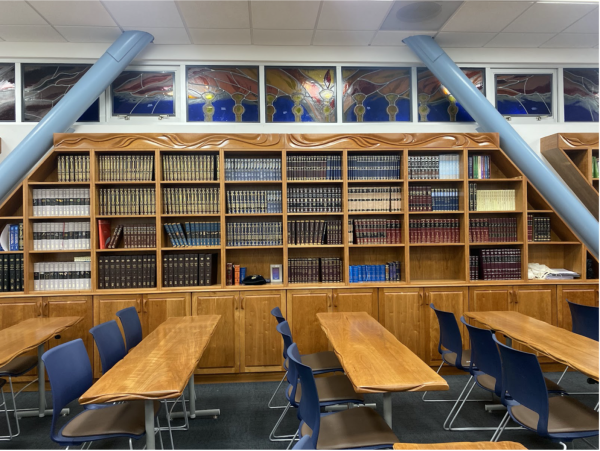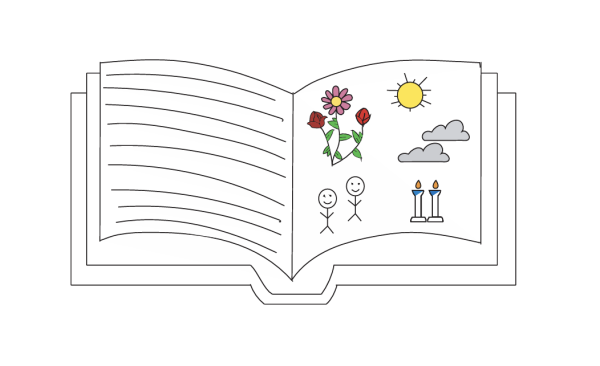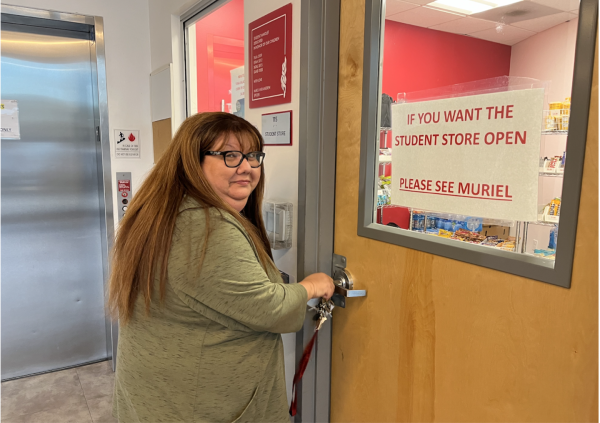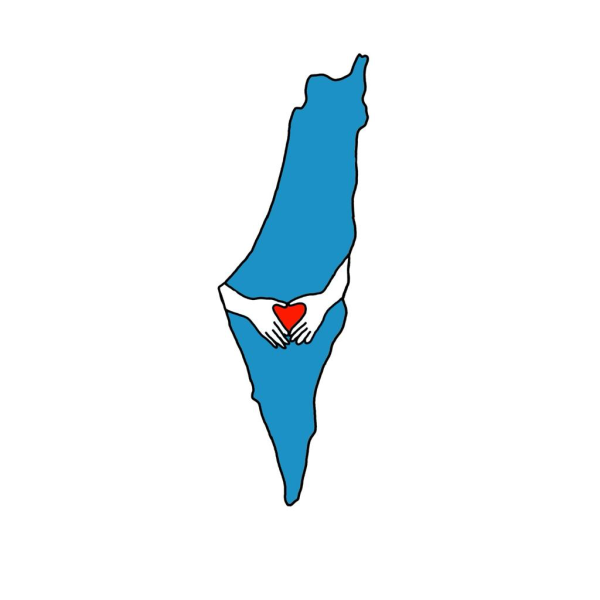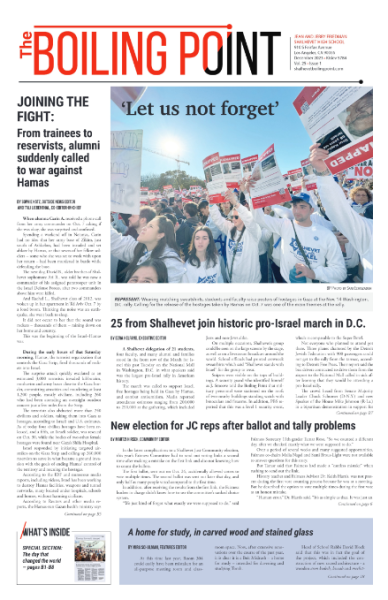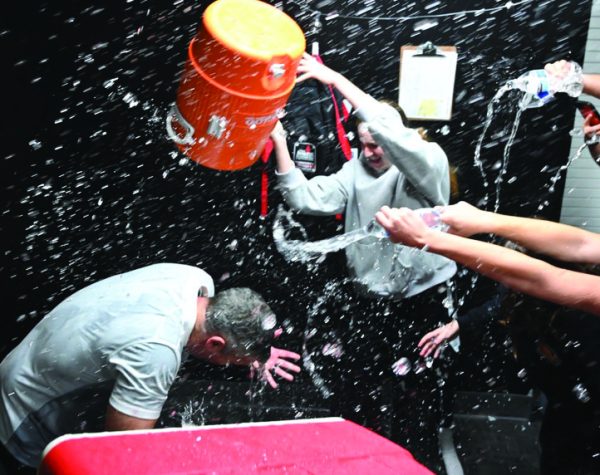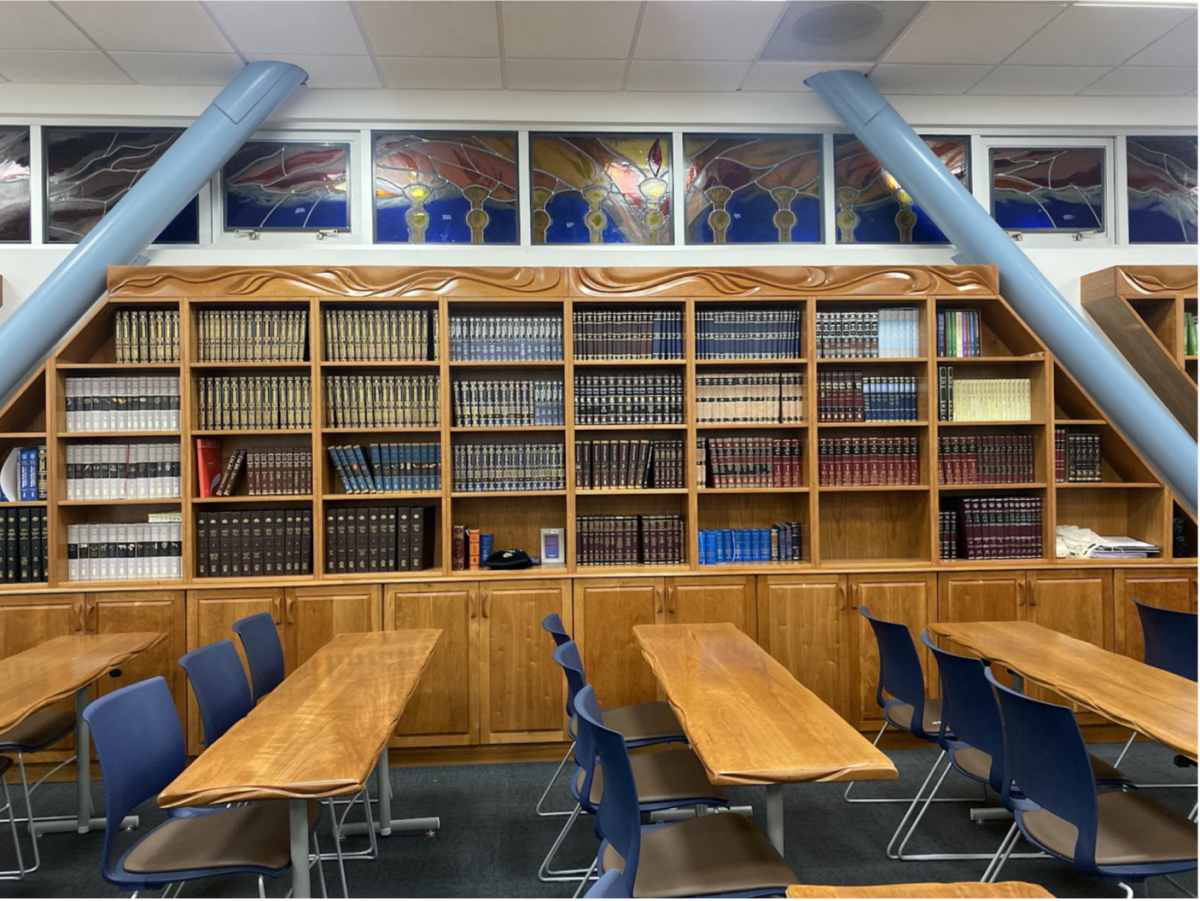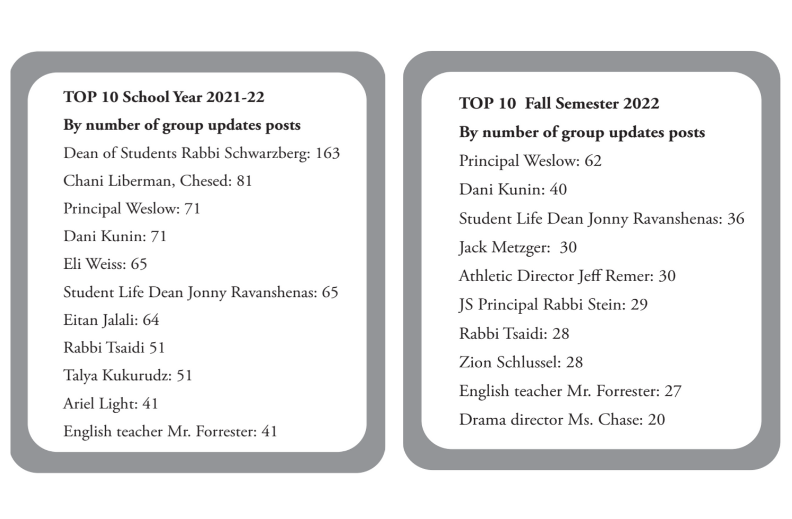Conflicting views on gender issues test principles of religious pluralism …
In an uninhabited farmhouse in the once-Jewish farming community of Marvell, Arkansas, the 21 members of my summer program, American Jewish Society for Service, sat in a circle to discuss how we should pray together.
As the observant track in a summer volunteer program of the American Jewish Society for Service, I thought we would have Judaic principles and practice infused into our activities, schedule and routine. We were even living in a shul — Agudath Achim of Little Rock was gracious enough to host us for the six weeks; we slept on air mattresses in four of the Sunday school classrooms. We all came from different Jewish backgrounds, and therefore after two weeks together, we had only prayed together while in a shul. We were all too afraid of ruining the group dynamic to explain our Jewish views and find a way to pray together on our own.
On the second Shabbat we were hours away from a synagogue, so one of the staff members announced that if we wanted to pray, we could wake up and daven Shabbat Shacharit by ourselves. I was upset that we couldn’t pray together on a Jewish summer program. I hoped to have time to explore my spirituality and have great davening experiences like I normally do at summer camp but if we weren’t praying together, then why even go on a Jewish program? So the food will be Kosher and Shabbat will be easy to keep? I organized a discussion that I hoped would break the tension around prayer.
I started with the easy questions, like how often we wanted to pray together as a group and for what service, but everyone wanted to go straight to the real issues.
As it turned out, the issues of belief in Hashem, views about Israel, or ways of interpreting the Torah and Halacha, were easy in comparison to the seemingly impossible issue of gender.
Once broached, these were the questions that stuck and kept the conversation going. Do the 13 girls and eight boys in our group make a minyan? Can a girl lead services? Would there be separate seating? If so, would there be a physical barrier?
What if we wanted to pray on a hike or on the worksite? Would there be optional separate seating? All 17 volunteers, sincerely respectful of one another yet strong in their own views, started to doubt that any progress could be made. Someone asked which would be better: to have a community and pray together, knowing that everyone would be out of their comfort zone, or for everyone to pray separately, and feel secure that they are praying in the “correct” way – whatever that was for them.
We hit a road block, as people stopped speaking. I was extremely excited when we seemed to have agreed on a model of prayer to try, for a week, and then discuss. I asked if anyone had an objection. The room was silent and a huge smile spread across my face. Then a staff member had us cast a “heads down vote” on whether we had any objections and many people raised their hands that they wouldn’t be able to pray in a situation so different than from how they were raised. The discussion continued.
After more than two hours of thinking, talking, arguing and discussing the way prayer should be conducted, we came to new decisions and stopped the discussions for the day, exhausted and triumphant.
Then we started to set the table for dinner, chatting with one another about the things that were said. One of my friends, who labeled herself as Conservative, voiced that she thought it was unfair that when pluralistic communities come across a conflict, the solution usually veers to the more traditional view. Also, when one side makes a compromise on an issue, instead of the other side compromising on a different subject, those people, who were willing to make one small sacrifice, are forced to make many more.
But then, she pointed out to me that the more religious girls in the program were in the other room talking with a staff member, not looking too happy. I didn’t find it to be my business. Although I felt sad for offending people and frustrated that we hadn’t solved our problems, I didn’t inquire further into their conversation. Later I noticed those girls praying in a separate room when we started Ma’ariv, and I wanted to scream.
Growing up in a mixture of Conservative and Orthodox institutions, I’ve experienced and come to feel comfortable in all of the service types my friends are accustomed to. Therefore, I didn’t understand why we couldn’t just be Jews together. After all, we all keep Shabbat and eat Kosher. I, along with the 16 other volunteers, were frustrated that we failed in our attempt at a pluralistic Jewish community. Our idealism was faltering.
We never officially had a follow-up discussion, but throughout the trip, this same topic kept arising.
On our drive to New Orleans, one girl in my car was texting her rabbi because she was concerned about praying at the Conservative synagogue that was hosting us, that weekend. He responded that the shul’s practices are considered heretical and it is therefore forbidden to pray there, because one should distance oneself from heresy. She saw this as an extreme view and spent time talking to one of the staff members who attends Rabinical school at JTS, Jewish Theological Seminary, the Conservative Rabbinical School in New York.
The great thing about living with people of different sects of Judaism is that one feels the need to understand everyone else’s religious views. We had to learn to explain our views in ways beyond saying “It’s halacha,” “It’s what you’re supposed to do,” or “The other option is ridiculous.” We also had a chance to answer the questions for ourselves and listen to other people’s opinions.
We related in terms of spirituality, held respect for each other’s opinions, learned to talk to multiple sides and seek out the reason behind our belief. We realized that all of us are passionate about our Judaism, so we found ways to form a Jewish community around that.
During the six weeks, we connected as Jews by singing zmirot together, sometimes singing the same song more than once to accommodate different tunes. When we sang, I always felt Hashem’s presence in our group, in the same way I feel it when davening in a minyan. Our ballad of the summer was Ka Ribon Olam (“Lord, Master of the universe”), and every night we sang Hamalach HaGoel Oti (“The angel who redeems me”), before getting ready for bed.
We didn’t daven Mincha daily, as we had hoped. What we had thought would be the perfect time to stop and pray, ended up being the most rushed part of our day –between leaving the worksite and eating dinner. On some Wednesday nights, Agudath Achim held Mincha services and pulled some boys aside from dinner, to complete their minyan of ten men. Some people woke up early every morning to daven Shacharit alone. One afternoon we hiked Pinnacle Peak and prayed on the top of the cliff.
Shabbat became the only time we prayed together as a group, whether it be in a shul or by ourselves, and we davened all four services. We never agreed to set a system of davening into place, so whoever took charge of prayer for the week decided how it would run, asking people privately if they’d feel comfortable. Whenever our group was in charge of the prayer service, the number one goal was to give everyone an environment in which they could pray.
On the last night of our program, we shared reflections on the summer. My friend Shani, who hadn’t met a Conservative Jew until AJSS, spoke about what she considered to be a very successful pluralistic Jewish community.
She said that a pluralistic community isn’t about compromising beliefs, but about accepting and learning about other people’s beliefs. She said that if we could all still consider ourselves a family after having had major religious disagreements, then the pluralistic community had been a success.
Bringing idealism to reality is difficult, and oftentimes we get too caught up in seeing what we want to improve, and we don’t realize all the progress that we made. Until I heard Shani’s reflection, I felt had defeated every time we did or didn’t do anything religious, because of our group’s differences.
During that Shabbat in Marvell, I gave my staff members a questioning look as they continuously congratulated me for leading, what they called, a surprisingly productive discussion. I agree with Shani that we don’t need to compromise our beliefs, but I now also realize the beauty of that first discussion on prayer, in which we all learned why our friends practice Judaism, the way they do, and worked hard to bring Judaism further into our connections as a community.


